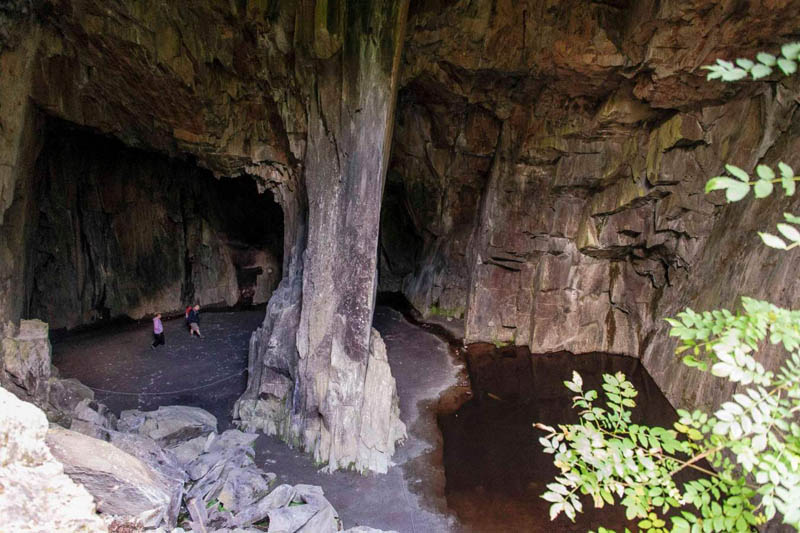Canna Wealth
Logo & Branding Rework
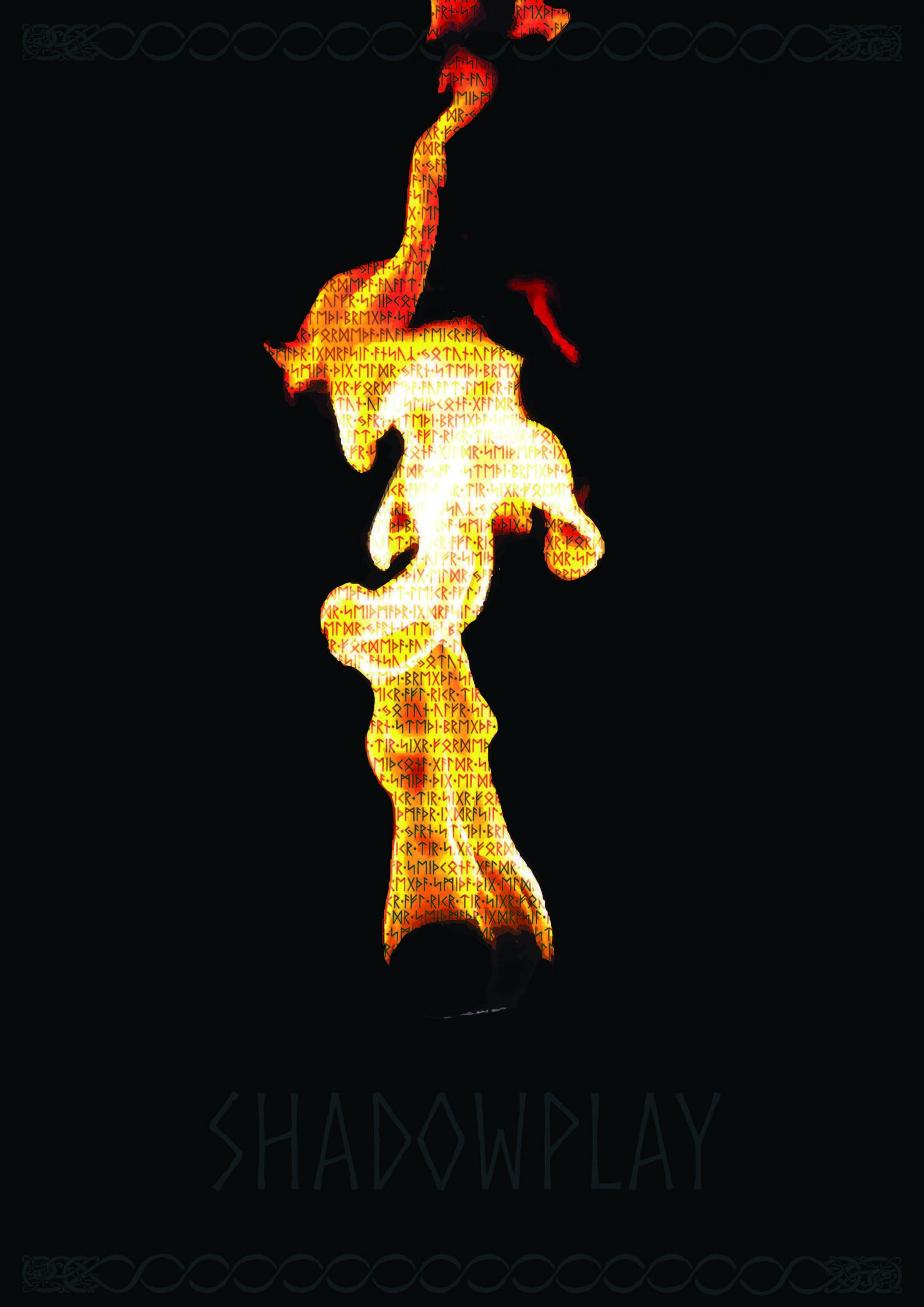
Individual Responsibilities
3D Assets
Sound Assets
Group Responsibilities
Game Design
Concept
Narrative
Layout
UI Design
2D Assets
Software
3D Assets
RealityCapture
Simplygon
Autodesk 3DS Max
Adobe Lightroom
Adobe Photoshop
Sound Assets
Cubase 8.5
Adobe Audition
2D Assets
Adobe Illustrator
Documentation
Microsoft Word
Adobe Acrobat DC
3D Environment Assets - Photogrammetry
photogrammetry
/ˌfəʊtə(ʊ)ˈɡramɪtri/
noun
the use of photography in surveying and mapping to ascertain measurements between objects.
While I waited for the university’s full frame sensor camera to be available, I attempted an initial project using images I found online of Cathedral Quarry as I found a large number of reference images. Given how varied the images were, I was impressed with the results I achieved and learned the basics of the software.
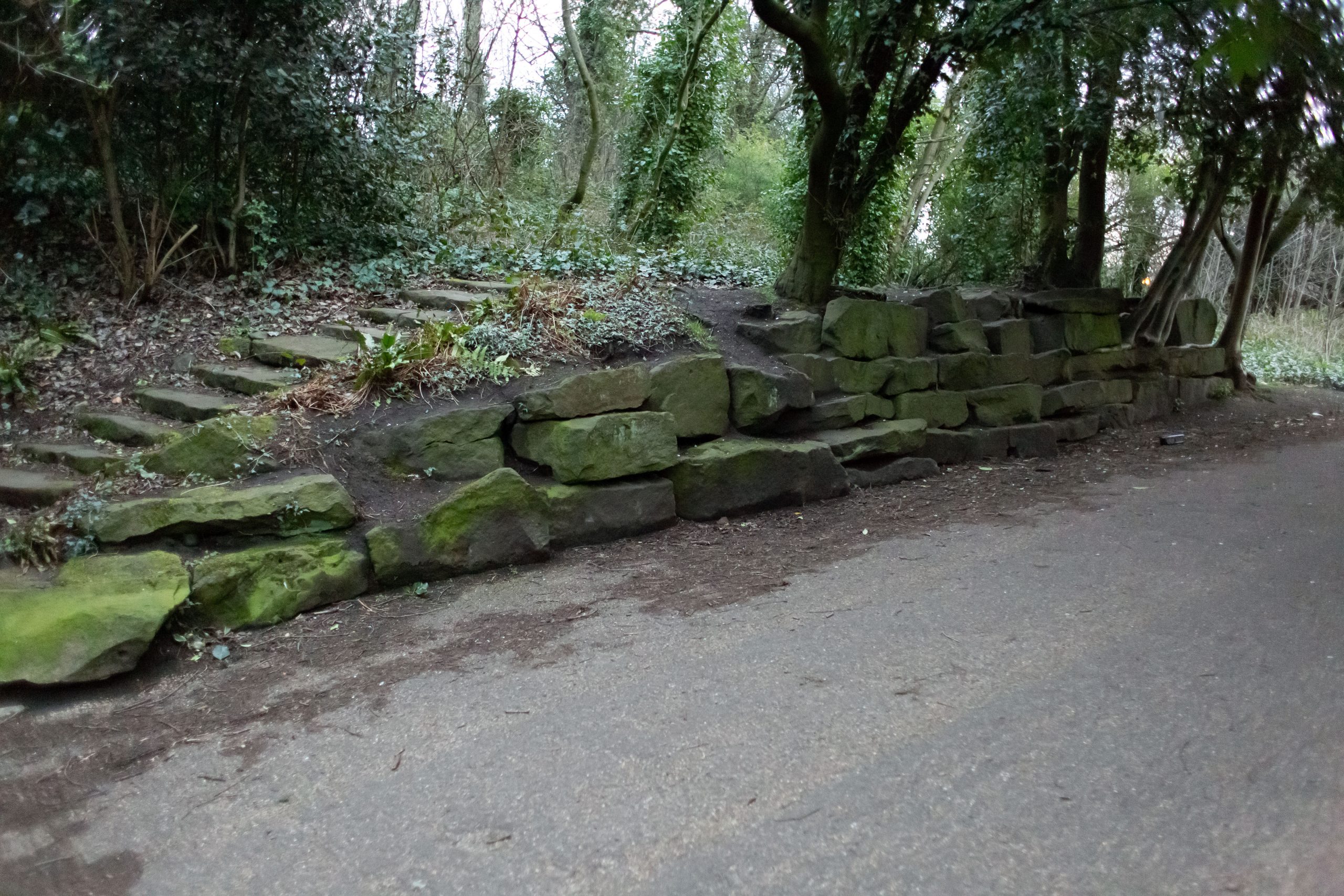
It was also necessary to process the RAW image files captured by the camera using Adobe Lightroom, adjusting the exposure and white balance to give the greatest consistency between images. I also used the software to correct the lens distortion which was thankfully minimal due to the use of a prime lens.
When I gained access to the camera (Canon EOS 5D MkII) I began experimenting on a section of rocks close to my house. I quickly learned that weather and light conditions played a huge role in the software’s ability to triangulate pixel clusters, with bright overcast dry days being ideal due to the lack of harsh shadows and the diffuse quality of the light. I also found that overlapping images tracking systematically around the subject gave a much lower rejection rate as it provides common pixel clusters the software is able to identify more easily.
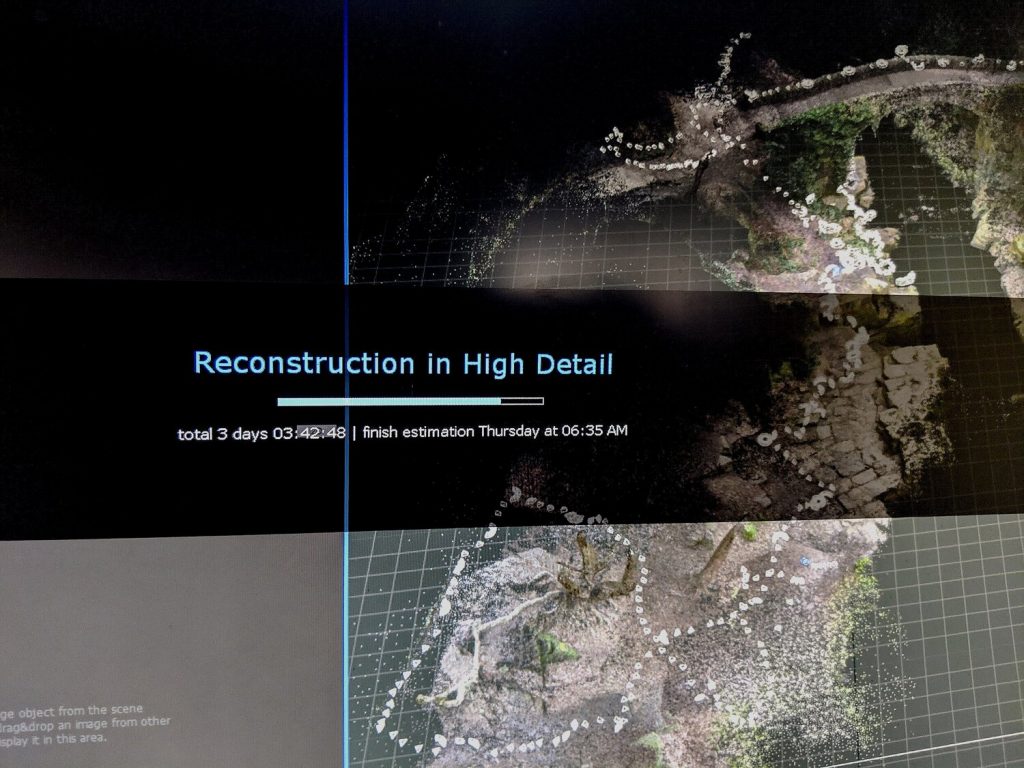
Once I had identified a system, I had to wait for windows of opportunity with the right weather conditions outside of educational and professional commitments to go out and capture as much as I could before the light faded.
I attempted to capture both small objects and large features with varying degrees of success. I soon learned that larger captures would occasionally require multiple sessions to complete, and took significantly longer to process.
In this way, over the span of several months, I was able to gather data sets for almost thirty assets.
While photogrammetry can produce beautiful textured models, one drawback is that the models generated are impractically large, with small features like the stairs shown below easily reaching over 8,000,000 triangles. As such, I then had to simplify the models for the intended use case i.e. rendering in real time in a game engine.
Initially attempting to use the simplification tools in 3DS Max, we quickly realised that this approach would be unfeasible due to their high computation cost. After some research, I discovered Simplygon which allowed us to reduce the file sizes to something much more reasonable.
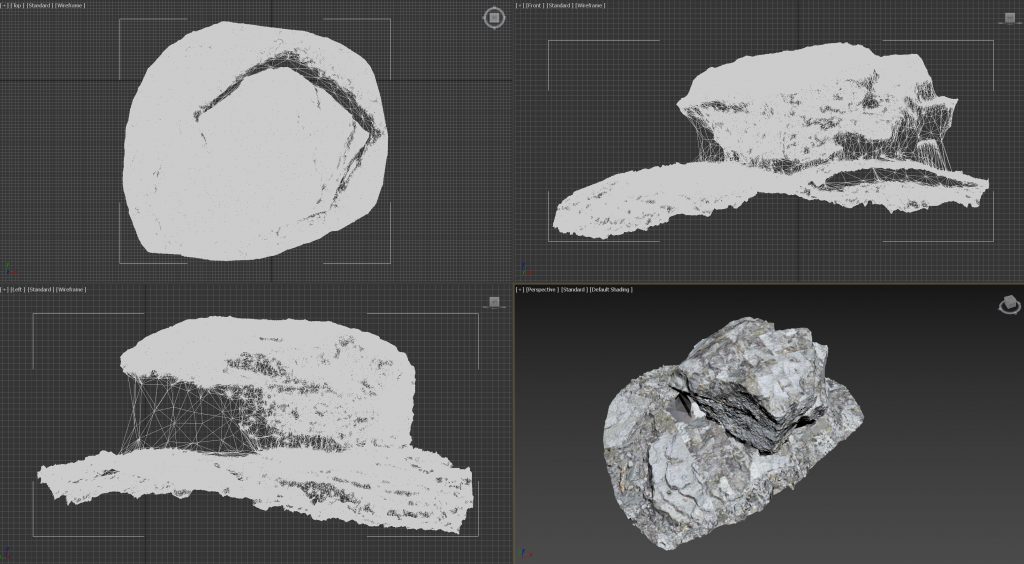
Sound Assets
While limited in the scope of their complexity, the sound files recorded for use in the game were specifically edited to work when triggered by the game engine script, allowing for non-repeating footstep and breathing patterns.
While too quiet to be appreciated abstractly, the audio was recorded at low gain so that, when boosted during low stamina, it would clip and distort, adding to the sense of tension the game intends to evoke.
2D Assets
I produced a small selection of 2D assets for use in game, as well as illustrated mock-ups of the interface and mechanics for the programmers in our group. I also produced the cover image using assets from a previous piece of work.
The only complex element produced for this project was a viking motif which I drew using a graphic tablet, my first time using one, which was used throughout the documentation and interface designs


